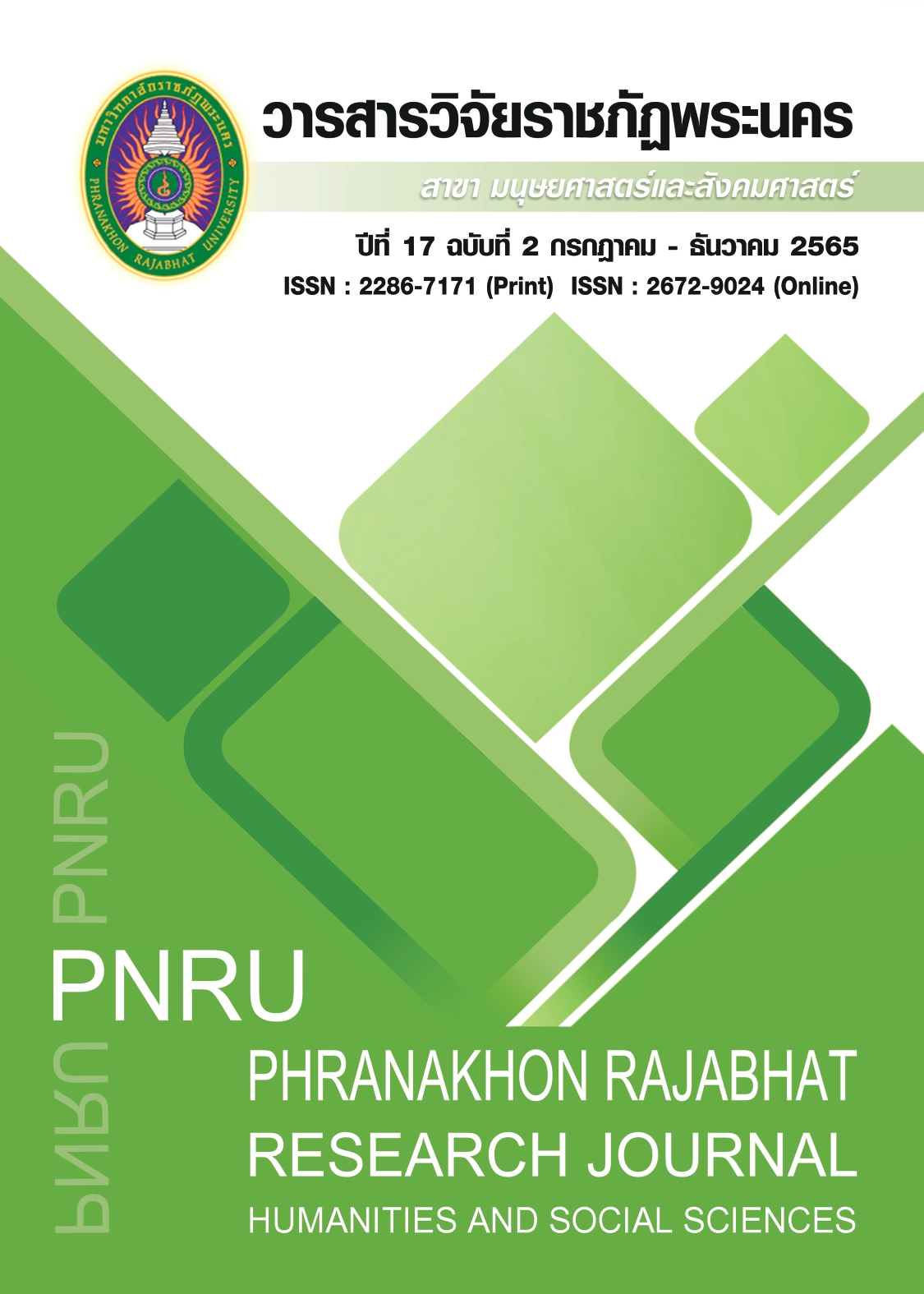A STUDY OF RULES AND REGULATIONS FOR AIRSIDE VEHICLE DRIVING-VIOLATION BEHAVIORS AT SUVARNABHUMI AIRPORT
Main Article Content
Abstract
The objective of this independent study is 1) to examine human behaviors that violate the rules and regulations for airside driving at Suvarnabhumi airport. And 2) to find direction for improvement and adjustment on violations of rules and regulations for airside driving at Suvarnabhumi airport by studying 17 informative operators’ interviewees who operate their duties in the airside area. And also collecting the data from the rules and regulations for airside driving at Suvarnabhumi airport textbook, to analyze the concept and theory of the accident, human factor ideas about human behavior involved in rules and regulations for airside driving at Suvarnabhumi airport violation, and descriptive lecture in accordance with the goals of independent study. The result of the study revealed that human behavior that violates the rules and regulations for airside driving at Suvarnabhumi airport is caused by human mistakes. The frequent violation is the habit of operators who accept the risk of driving beyond the speed limit. The second type of violation was caused by immediate events between drivers and their working environment.
Article Details

This work is licensed under a Creative Commons Attribution-NonCommercial-NoDerivatives 4.0 International License.
Each publish articles were copyright by Phranakorn Rajabhat University
Any contents which appeared in each articles in the journal were authors personal opinion. It did not relate to Phranakorn Rajabhat University and other instructors in the university. Each authors would take responsibility on their articles. If there are any mistake, the authors will take responsibility themselves
References
Ajzen, I. (1991). The Theory of Planned Behavior. Organizational Behavior and Human Decision Processes. University of Massachusetts.
Chimbanrai, B. (1996). Factors of worker management and workplace environment related to accidents at work: comparison between workplaces Metal stamping with high and low injury frequency rates. Mahidol University.
Chaturapornpracit, C. (2021). Factors influencing the driving behavior causing the traffic rule violation on state highway. Journal of MCU Nakhondhat, 8(6), 347-362.
Moyano-Diaz, E.(2002). Evaluation of Traffic Violation Behaviors and the Causal Attribution of Accidents in Chile. Transportation Research Part F. (169–175).
Fishbein, M., & Ajzen, I. (1975) Belief, Attitude, Intention, and Behavior: An Introduction to Theory and Research. Reading, MA: Addison-Wesley.
Heinrich, H. W. (1920) Theory of Behavior-based safety.
Sengpracha, N. (1995). Human and society. Bangkok: Odian Store.
Khampukka, P., Yamram, U. & Chomchuen, S. (2012). Traffic Laws Violation Behaviors of Motorcyclists in Student of Ubonrajathanee University. Journal of Management Science, Ubon Ratchathani University, 1(2), 59-75.
Reason, J. (1990) Human Error. Cambridge University Press.
Srisuriyavat, R. (1993). Factors of worker management and workplace environment related to accidents at work: comparison between with high and low injury frequency rates in Metal Forming Factory, Samut Prakan Province. Retrieved from https://bit.ly/3x2aaFc [2020, 14 Oct.]
Thiyabutra, T., Satiennam, W. & Satiennam, T. (2015). Application of the Theory of Planned Behavior (TPB) to study the factors effect to motorcyclist’s intention to run red light. The 20th National Convention on Civil Engineering: (1-11)
Tarapoj, T. (2000). Human behavior and personal development.
Joewono, T. B., Vandebona, U. & Susilo, Y. O. (2015) Reasons underlying behaviour of motorcyclists disregarding traffic regulations in urban areas of Indonesia. Accident Analysis & Prevention. (272-284).
Wiegmann, D. A. & Shappell, S. A. (1997). Human Factors Analysis of Postaccident Data: Applying Theoretical Taxonomies of Human Error. The International Journal of Aviation Psychology, 7(1): 67-81.
Wu Chao Dong. (2013). Traffic Accident Protection: A Case Study of Chinese Student of International College, Burapha University. Burapha University.


